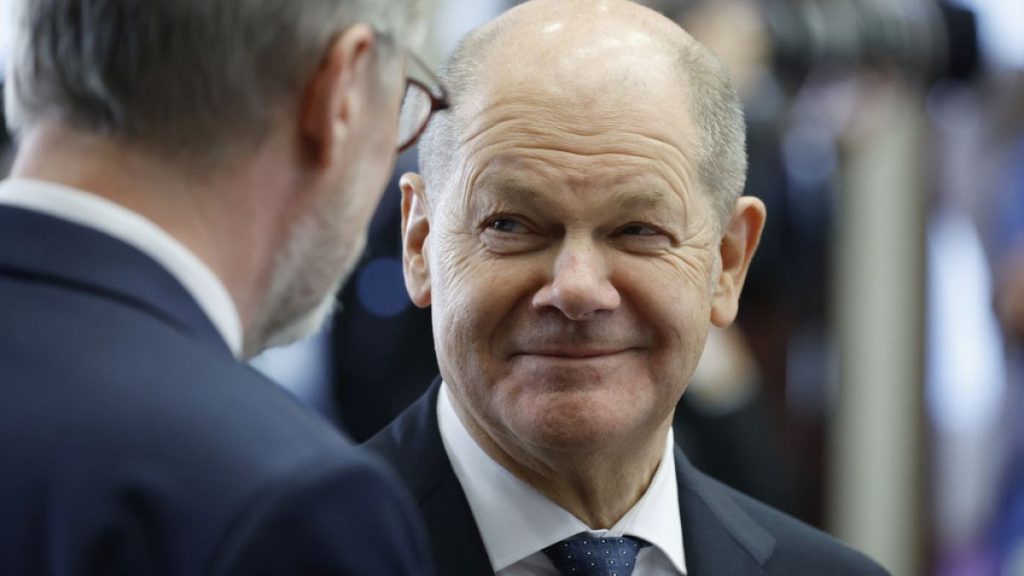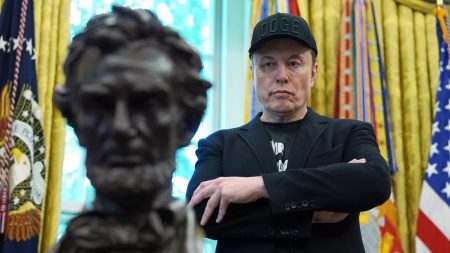The transatlantic trade relationship faced a turbulent moment in mid-2019 as then-US President Donald Trump threatened to impose tariffs on European goods, sparking concerns of a trade war. European leaders, convened in Brussels for discussions on security and trade, responded with a united front, vowing to retaliate against any US tariffs while simultaneously emphasizing the importance of preserving the crucial economic partnership. The backdrop of this escalating trade tension included the ongoing war in Ukraine, which was further pushing Europe to reduce its dependence on Russian gas and bolster its own economic and military independence. This confluence of events underscored the delicate balance European leaders faced: standing firm against protectionist measures while safeguarding vital trade relationships.
Trump’s justification for the threatened tariffs centered on what he deemed an “atrocity” – the €300 billion trade deficit between the US and the European Union. This framing, coupled with his “America First” policy agenda, positioned the potential tariffs as a means of correcting perceived unfair trade practices. However, European leaders viewed these threats as counterproductive and economically damaging. They emphasized that tariffs would harm both US and European businesses, consumers, and workers, potentially triggering a trade war with no clear victors. The specter of China benefiting from such a conflict loomed large, adding another layer of complexity to the situation.
The European Union’s response was marked by a delicate balancing act. Leaders expressed a determination to defend their interests and respond proportionally to any imposed tariffs, while also underscoring the desire to avoid a full-blown trade war. This measured approach reflected the significant economic interdependence between the US and the EU and the recognition that a trade conflict would inflict widespread harm. Leaders like German Chancellor Olaf Scholz articulated the need for a dual strategy: preparedness to retaliate with tariffs while simultaneously prioritizing cooperation and de-escalation.
The meeting in Brussels also highlighted the growing emphasis on European strategic autonomy. The war in Ukraine had exposed vulnerabilities in Europe’s energy security and underscored the need for greater self-reliance. Trump’s tariff threats further fueled this drive toward independence, prompting European leaders to consider strategies for diversifying trade partners and strengthening internal economic resilience. This push for greater autonomy reflected a broader shift in geopolitical dynamics and a growing recognition of the need for Europe to chart its own course.
The presence of British Prime Minister Sir Keir Starmer at the Brussels meeting added another layer of intrigue. As the first British PM to meet with EU leaders since Brexit, Starmer’s attendance signaled a desire to “reset” relations with the bloc. While the UK was not directly included in Trump’s initial tariff threats, the possibility of future tariffs loomed, adding urgency to Starmer’s efforts to rebuild bridges with European partners. His attendance symbolized the intricate web of relationships at play and the potential for shifting alliances in the face of evolving trade tensions.
Trump’s actions also extended beyond Europe, encompassing tariffs on Canadian and Mexican imports, further escalating global trade anxieties. These tariffs, justified under the guise of national security concerns, prompted immediate retaliatory measures from both Canada and Mexico, underscoring the interconnected nature of global trade and the potential for cascading consequences. This broader context of escalating trade disputes heightened the sense of urgency surrounding the EU’s response to Trump’s threats. The situation served as a stark reminder of the potential for protectionist policies to unravel global trade relationships, with potentially devastating economic ramifications.














